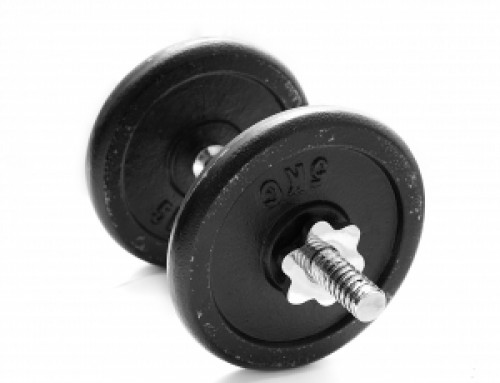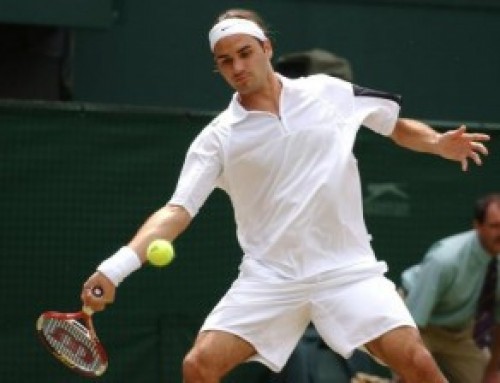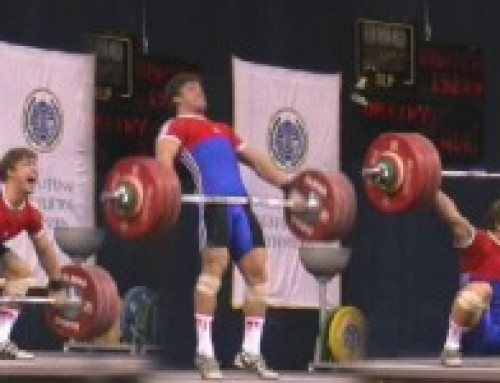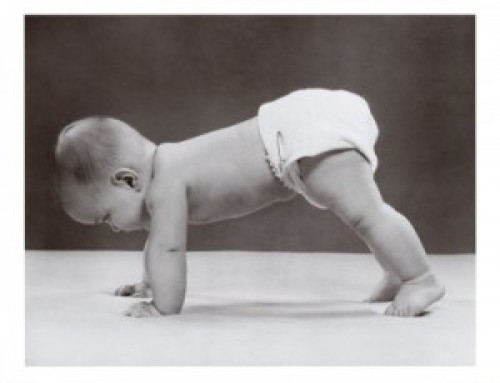There has been a lot of talk on the forums lately about endurance and being able to perform late into matches. I thought I’d take the opportunity to address some frequently asked questions and hopefully give you a game plan for taking your endurance to the next level. We all want to be able to go out and enjoy ourselves on the court, and part of that comes from being able to perform when we are on the edge physically.
Now that the temperatures have climbed across the states, we are seeing the results of the training we did in the ‘off’ season. You did train over the cooler months in preparation for playing when it got hot, right? You will need to supplement your on-court time with some off-court time in the slower months, depending on how seriously you take your tennis. If you want to be prepared to weather the heat of summer and wear your opponent down while not wearing out yourself, you need to put in some time to get your body properly prepared for the rigors of summer tennis.
Even if it’s not really hot where you live and play, it’s a good idea to be prepared in the event that you play someone who runs you or you get into one of those marathon matches. “Chance favors the prepared mind”, they say, and if that’s true then tennis certainly favors the prepared body. You don’t have to train like you’re getting ready to compete in a triathlon, but there are some things you can do to make sure that you don’t run out of gas and hand your opponent the match. No one I know wants to do that!
Cardiovascular Endurance
While it’s certainly important to have strong and fit muscles, people often neglect the hardest working muscle in the body – the heart. The heart NEVER stops working – if it did, you would too. The heart controls the flow of oxygen to your muscles and tissues, which has direct impact on your performance abilities.
You’d be surprised how quickly you can improve your cardiovascular fitness. Fifteen minutes at your target heart rate only three times a week is enough to see improvements. See the chart below to find your target heart rate.
Interval Training
One of the newest fads in fitness these days is interval training. It is popular for a reason – it works! Interval training basically works both the anaerobic (without oxygen) and aerobic (with oxygen) functionalities of the body, giving you the benefits of both methods. While there is a lot of science that can go into this type of training, especially for top athletes, the basics presented here can still be useful to us for our purposes.
One of the best ways to describe this balance is this: “During the high intensity effort, the anaerobic system uses the energy stored in the muscles (glycogen) for short bursts of activity. Anaerobic metabolism works without oxygen. The by-product is lactic acid, which is related to the burning sensation felt in the muscles during high intensity efforts. During the high intensity interval, lactic acid builds and the athlete enters oxygen debt. During the recovery phase the heart and lungs work together to “pay back” this oxygen debt and break down the lactic acid. It is in this phase that the aerobic system is in control, using oxygen to convert stored carbohydrates into energy.” 1
I’m not going to list or recommend any examples of interval training here, as you should consult a professional so that your specific physiology can be assessed before beginning this type of program. These are intense workouts and you should always ensure that you are approaching them with knowledge and safety in mind. Interval training can drastically improve your sports performance and overall health, but I highly recommend consulting a physician and a knowledgeable, certified professional trainer before beginning this type of training.
I hope these tips have been useful and that you will incorporate some form of off-court training into your tennis routine. Tennis is a great sport and is great exercise, but the more you play, the fitter you need to be in order to maintain your body’s health and increase your performance level. Be sure to incorporate at least some additional exercise so that your court time is more enjoyable!
Keys to Playing when it’s Hot
- Proper pre-hydration
- Continued hydration – day of event
- Frequent breaks – find some shade
- Stay covered up – even a white t-shirt provides a SPF of 15
- Add an electrolyte beverage after 45 minutes to an hour of exertion (Gatorade cut with water is great – about a 1:1 ratio)
- Watch out for the symptoms of heat exhaustion and STOP exercising if they present themselves!
- Cold, clammy skin, paleness
- Heavy sweating
- Muscle cramping
- Tiredness, weakness, dizziness
- Headache or nausea, vomiting
Sources
1 – http://sportsmedicine.about.com/od/tipsandtricks/a/Intervals.htm









